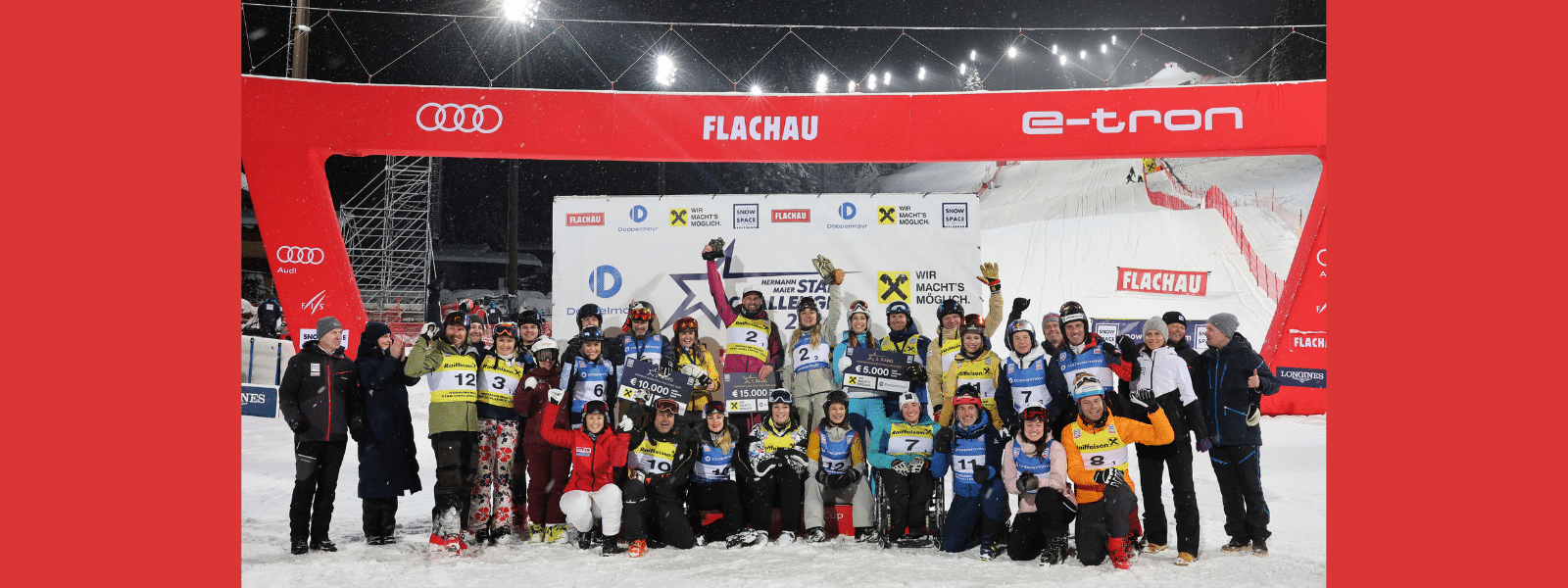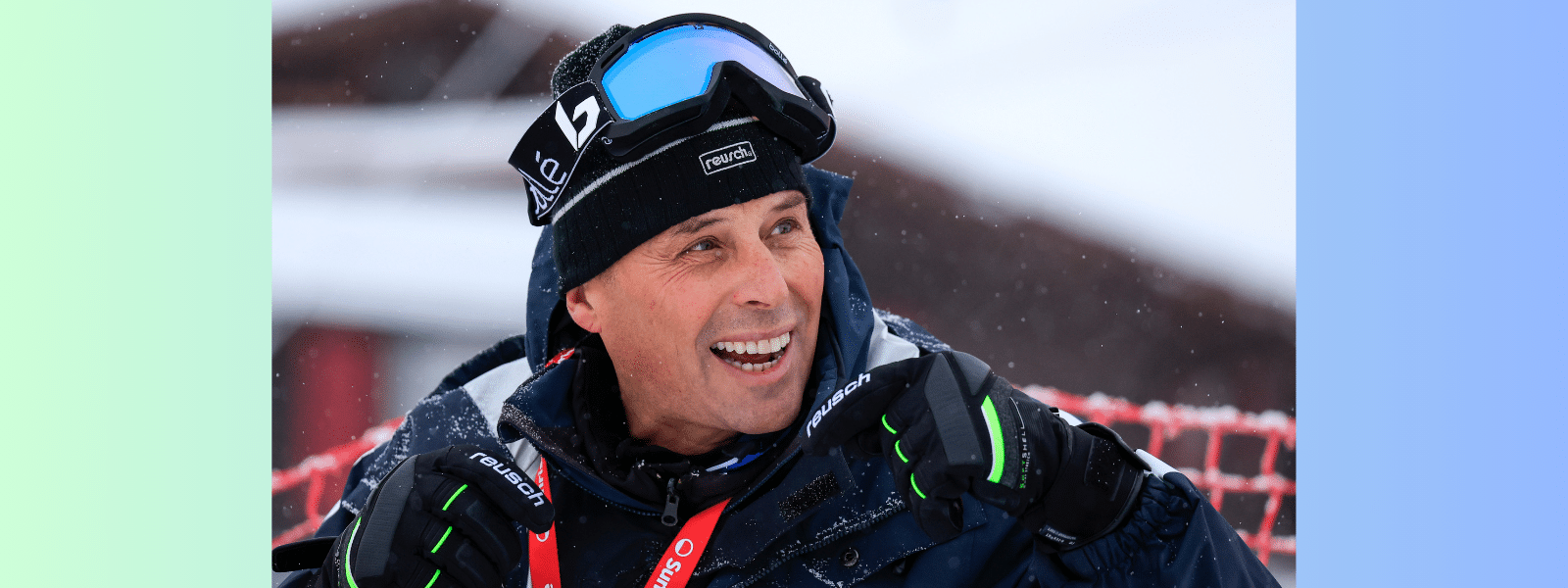How to Be a Ski Racer: Part 1
The road to becoming a ski racer is sometimes a buffed-out groomer, sometimes a mogul field, and sometimes a triple black diamond trip through the unforgiving backcountry. This year we’ll take a look at a few ways kids are finding their way down the unpredictable course of a ski racing career. Parents, pay attention.
Anna Marno will never forget the day in spring 2010 when she and her brother Max opened the mailbox to discover letters from the U.S. Ski Team, inviting them for the upcoming season. Two days later they got something else in the mail — bills from the U.S. Ski Team for $25,000 apiece. “I think we actually have a picture of that somewhere,” says Max today with a laugh.
But the Marno siblings had been raised to go all in, with Anna chasing older brother Max around Snowy Range Ski Area and the surrounding wilderness of Centennial, Wyo. “Skiing, biking, climbing trees, cliff jumping, shooting guns — if he did it, I wasn’t afraid to try,” says Anna.
Their father, John, had raced for the University of Wyoming’s NCAA championship team and became their coach. Ski racing coursed through their veins, and their brains. A member of the local 4H club, Anna named her ducks Hermann, Picabo and Janica; and her pigs Bode and Tomba.
For their first out-of-division race, the kids piled in the car, drove hours to Colorado and slept on a basement floor. “We were the strange kids who showed up from a ski area no one had heard of,” says Anna, “and did well enough to be noticed.”
By 2004, the Marno family had decided to move to Steamboat Springs. The kids continued to excel in racing, and by the time those two memorable letters arrived, Anna — then 17 — had already spent her rookie season on the U.S. D Team. Max, 22 months older than Anna, deferred entrance to Denver University, and had a frustrating year. Their paths then separated in a way that typifies the choices American skiers must make.
For Max, the choice was easy. “I grew up seeing the college races,” he recalls, “and always knew I wanted to race on the NCAA circuit.” With financial aid and athletic scholarship money, he enrolled in DU.
For Anna, the choice was equally easy. Still in high school, and (then as now) with no viable path for women to the team through college, she kept on course as one of the country’s most promising junior racers. “I had a career composed mostly of breakthroughs until I was 18,” she says.
Then the injuries came, as they often do. Back-to-back knee injuries in 2011 and 2012 turned the dream into comebacks that were harder than Anna could have imagined. Once healthy, she moved up to the B Team in 2014, earning a World Cup start for that season.
Meanwhile, the bills lingered, every day. Even as Anna has moved up in the ranks of the U.S. Ski Team, so have the costs risen for each level. The $20K it cost to be on the D Team seven years ago was the same as being on the B team last year. Eventually, her parents, who sold their house in Steamboat and moved back to Wyoming, could no longer help her.
As with all but a very few U.S. Ski Team athletes, fundraising has become a huge part of the experience of becoming a ski racer.
“I had no idea what I was doing when I started fundraising,” says Anna. She started a RallyMe account; reached out to family, friends, and community; and tapped in to the skier-friendly foundations such as T2. “The support that they have given me, my peers, and U.S. skiing is unbelievable,” says Anna of the T2 Foundation.
World Cup Dreams Foundation, meanwhile, helped Anna secure donated summer housing in exchange for a tax write-off for the homeowner.
Typically shy about self-promotion, Anna’s learned to be both creative and bold in her outreach. “I try to be an advocate for what I do,” she says, “rather than talking about what I need. I like to think of it as convincing people why ski racing is so cool.”
Anna’s efforts got a major boost when a friend introduced her to Terry Huffington, owner of Steamboat’s Elkstone Farm. A sponsor was on board.
Like ski racing, farming in the Colorado mountains — with a 59-day growing season — is tough. Huffington was smitten with Anna’s cheerful, generous spirit as well as her relentless drive to get better. “When the opportunity came to support her as a headgear sponsor,” she says, “it was an easy decision. I’m proud to have her wearing our banner.”
Still, Anna works however and wherever she can — catering in Steamboat or coaching summer camps in Mt. Hood — to cover living expenses. The travel rigors of racing for the U.S. Ski Team don’t allow athletes like Anna to undertake a “normal” job, she explains.
Anna has continually wrestled with the decision to defer college and to determine what’s next, especially seeing Max’s path.
In his fifth year at DU, Max is still ski racing after red-shirting one season and is now completing a Masters in Geological Information Science.
“The college racing experience is totally different,” says Max. “Being part of a team is cool. I want her to have that like I did.” But he says hes fully understands her choice, and the chicken-and-egg dilemma that faces female ski racers.
On the men’s side, the level of college competition is high and deep. On the women’s side, it’s good — but not good enough to allow them to continue developing on the elite path. So the women who could, theoretically, raise the level of competition (and stray from the Doogie Howseresque development timeline) are afraid to commit to the college path.
“Anna thinks this is the best avenue for her to pursue,” says Max, “so I support her 100 percent.”
One friend describes Anna as a flower child with a Stephen Hawking mind — one who loves taking classes at Westminster College during the summer (a major USST perk). The sacrifices are acute.
“There is nobody who has sacrificed more,” says Deb Armstrong, who was the head of Steamboat Springs Winter Sports Club during the Marnos’ time there. “She has had her resolve tested to the extreme.”
Armstrong praises the family and their down-to-earth values of hard work, humility and giving back. “Anna is one of few athletes who comes back and immediately asks, ‘How can I help?’” says Armstrong. “The commitment to giving back is as natural as her commitment to moving forward.”
“I’ve always wanted to go to the Olympics and be on the USST,” says Anna. “I just never stopped wanting that.”
After a year dogged by illness and personal challenges, Anna just missed the B team (and its increased level of funding) by a narrow margin. Now 22, she’s coming off another summer in Park City, where she trained at the Center of Excellence per the U.S. Ski Team’s recommendations.
Since U.S. Ski Team athletes are also responsible for finding their own housing outside of the competition season, Anna searched out owners who were willing to house athletes in a condo that would otherwise be empty for the summer. “It can be hard to ask,” she says, “but it’s so worth it!”
This winter, Anna will travel among the World Cup, Europa Cup, FIS and NorAm circuits, accompanied by a large group of women and girls — some of them as young as 16. While helping the up-and-comers learn to live on the road, she’s employing hard-earned experience to find what she needs to succeed.
“There are a lot of opinions on the best way to navigate being a successful athlete and set yourself up for the so-called real world,” says Anna. “There is no right or wrong way to go. I think the biggest thing is to commit to whatever you are doing, and you can’t really be wrong.”
Follow Anna on Instagram: @annamarno


























